Choosing a lily for your site, planting and care rules
Graceful lilies are able to ennoble any suburban area. The flower is distinguished by a variety of varieties, relative unpretentiousness and ease of reproduction. Lily is also famous for its tart aroma. Correctly planted bulbs, attention to sprouts, moderate watering and timely replanting are all that is required for the successful cultivation of an exquisite beauty.
Characteristics and varieties
Lily is a perennial bulbous plant. This is one of the most beautiful and revered flowers. The height of the stem varies from 15 cm to 1.5 m. About 16 and sometimes up to 30 buds are formed on one cluster, each of which lives for about 9 days. The lily bloom lasts an average of 2 weeks. The buds are distinguished by a variety of shapes: there are cupped, tubular, stellate, funnel-shaped, etc. Each flower of almost all varieties has 6 petals.
There are about 80 types of lilies. In connection with such a variety, all species and varieties are sorted into groups. Most Popular:
- Asiatic lily includes about 5 thousand varieties, this is the most diverse group of hybrids. Features: unpretentiousness, winter hardiness, no smell. A famous variety of this group is the Marlene lily: it has white-pink graceful petals.
- Lily oriental (oriental) - a group of 1300 graceful varieties that are heat demanding and susceptible to disease.
- Lily martagon - a group of curly hybrids, distinguished by their multicolor (sometimes up to 50 colors). These curly flowers take root well on the site, but they do not differ in the resistance of the corms, which complicates their reproduction. They prefer partial shade, do not like transplants, they can grow in one place for 10 or more years.
- Candidum - a group of snow-white hybrids with a pleasant aroma. They require careful care, as they are more prone to disease than other hybrids.
- Tiger lilies, or lanceolate - a special species loved by many gardeners. The flowers of these lilies are yellow, orange or red-orange, decorated with purple spots. Popular varieties - Yellow-flowered, Splendis, Pink Tiger (pink flowers), Fortuna.
Where and how to plant lily bulbs
Planting determines the further growth and beauty of the flowering, so it is important to avoid mistakes at this stage. Several rules for placing lilies on the site:
- Tall flowers will look good in clusters. Such plantings serve as a good background for lower plants.
- Low-growing varieties are combined with other flowers, such as roses, peonies.
- The growing area should be well lit, but partial shade is also allowed.
- Lilies do not like drafts, so they need to be settled in a place protected from the winds.
- The soil is dug up and fertilized with humus and peat. This will allow the bulbs to develop actively. All roots and weeds must be removed. Lilies love well-drained soil, so river sand needs to be added.
- The soil for most varieties is neutral, but some species prefer slightly alkaline (candidium) or slightly acidic soils (tiger, Asian). Many varieties do not tolerate salt marshes and heavy loams.
- You can prepare the soil for filling the planting holes yourself. For this, sand, fallen needles, peat and turf soil are mixed in equal proportions.
- If the soil is too acidic, it is neutralized with wood ash, chalk and limestone. These additives also provide additional drainage.
- The optimal distance between bulbs in group plantings is 15 cm.
Operating procedure:
- Planting lilies in open ground is carried out in early spring, until a sharp warming (otherwise the bulbs will not be able to take root). This time is considered optimal for many varieties. Spring planting is preferable, since the root system has time to develop, and the risk of freezing the bulb in winter or drying out in the heat is significantly reduced. Summer and autumn planting is possible. Autumn (usually in October) is good because, in conditions of low temperature and sufficient humidity, the bulb normally adapts and takes root.
- The bulbs must be prepared before planting. To begin with, all planting material is examined, all damaged units are removed. The optimum size of the bulbs is 2-3 cm (if it is not a tall variety), smaller ones are unlikely to bloom in the first years of life. The healthy bulb is dense to the touch, the scales hold tightly, there are no spots and cracks. You also need to pay attention to the roots: they should not be dry and with signs of rot, the optimal length is 5 cm. Bulbs suitable for planting are freed from flower scales. It remains to rinse them in a strong solution of potassium permanganate or foundationol to disinfect, then soak the onions for half an hour and dry them.
- How to determine the planting depth of the bulb: you need to measure its diameter and dig a hole three times deeper than this value. Important: if the soil is sandy, then the bulb is placed deeper, and vice versa, the bulb should not be deeply buried in heavy soil. In loose soils, deep planting will provide protection against freezing.
- A mixture of ash and sand is poured into the bottom of the planting pits.
- The bulbs are placed on top. They need to gently straighten the roots, then lightly press them to the bottom of the pit.
- The holes are covered with earth and watered abundantly.
- If planting is carried out in autumn, the bulbs need to be additionally covered with dry leaves and another layer of soil. This measure will protect the material from freezing.
Advice
To save the bulbs for planting, they are placed in a bag filled with peat or sawdust and left in a cool room (cellar, on the bottom shelf of the refrigerator). If the bulbs begin to germinate prematurely, you will have to plant them in a pot as seedlings.
Lily care
Growing lilies on the site is not difficult. These graceful flowers are unpretentious, but leaving them to their own devices would be the wrong decision. To see a lush bloom in the garden and feel the tart aroma, you have to track the growth of the lilies, starting from the bulb stage.
How to properly care for garden lilies:
- Flowers are moistened as the soil dries. In dry summers, lilies require regular water input, although these flowers usually do not need an abundance of moisture. Additional water is not required during the rainy season. Watering is done strictly at the root. Water should not hit the leaves, otherwise the sun's rays will cause evaporation and burns.
- In summer, it is advisable not to allow the soil to overheat, otherwise the flowering of lilies will not be lush. To retain moisture in the soil, it is mulched with sawdust, straw and cut grass.
- Fertilizers are applied three times a year. In the spring - to strengthen the roots; a solution is prepared from 40 g of ammonium nitrate and 10 liters of water. The second feeding is done during the formation of buds, the third - after flowering. Lilies will love peat fertilization, humus, and rotted compost. If the soil is sandy, then its composition will be improved by phosphorus-potassium dressing before planting the bulbs.
- For tall varieties of lilies, it is necessary to install supports, since the stems can break off under the weight of the buds and their own weight.
- Immediately after the lilies have faded, you need to cut the flower stalks.
Advice
In the first year of life, lilies are rather weak, flowering can deplete them, and in winter they will die. Gardeners recommend cutting off all the buds immediately after they form. But in the second year, the plant will delight with abundant flowering.
How to prepare bulbs for wintering:
- At the end of flowering, the number of waterings is reduced. Phosphorus-potassium fertilizers are applied to the soil.
- In the autumn, with the onset of cold weather (no need to rush), the stems need to be mowed, as they will conduct cold air to the bulb.
- For protection, a shelter is being prepared from foliage, spruce branches, sawdust. Early flowering varieties of lilies are well stored in the ground. It is better to dig up late-flowering plants and store them in a cool place until spring.
Transplant and reproduction
At 4-5 years of age, the flowering of lilies becomes less beautiful or stops altogether. This means that it is time to transplant and reproduce by division. Dig the bush some time after flowering, so that the bulbs have time to ripen. The most suitable tool is a pitchfork, they will not damage the roots.
Then the bulb should be washed with water, dried and carefully divided into mother and daughter. Before planting, they are soaked in a solution of potassium permanganate for 20 minutes. After that, the material is dried, the roots are trimmed and seated separately from each other. Care is carried out according to the rules described above. Blossoming of the cut begins in a year.
Growing problems and their solution
Outdoor care includes protection from pests and diseases. More often than others, the flower is affected by the onion leaf beetle, the onion root mite, and the purple scoop. The attack of many insects will be prevented by spraying with a special solution: 1 tbsp. l. soda, ammonia and copper sulfate per 9 liters of water. The risk of insects is higher with spring planting in open ground. If the bulbs are added to the site in the fall, small rodents are dangerous. The way of protection is to place the bulbs in special metal nets before planting.
In the absence of proper care, a fungus appears on the lily: fusarium, rust, gray rot. Favorable conditions are excessive moisture, thickened plantings, weeds. It is easy to identify the fungus by the appearance of the plant: the leaves turn yellow and wither, and the bulbs rot. Treatment is carried out with fungicide preparations.
Growing garden lilies is a worthy task for both a beginner and an experienced florist. The variety of varieties allows you to choose a task of any complexity. Particularly capricious varieties of lilies on the site will be an occasion for a demonstration of skill.
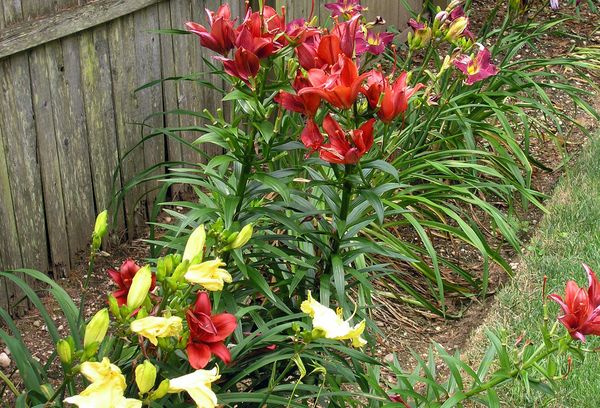
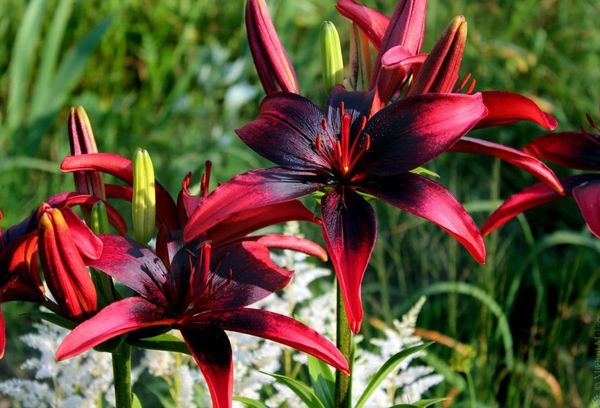

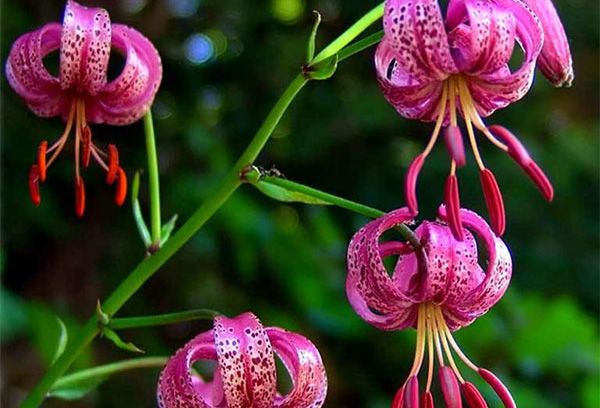
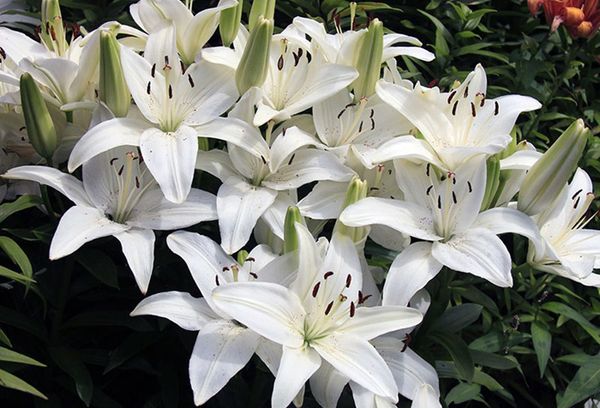
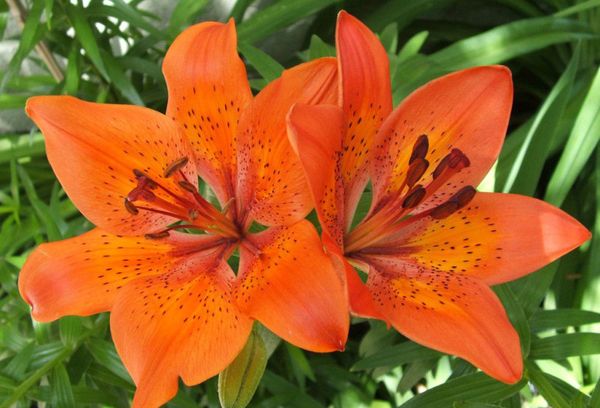

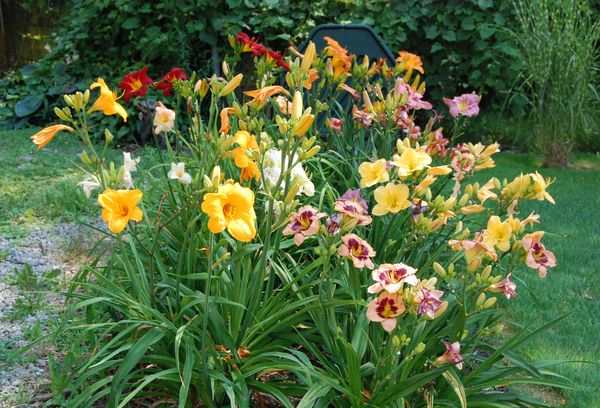
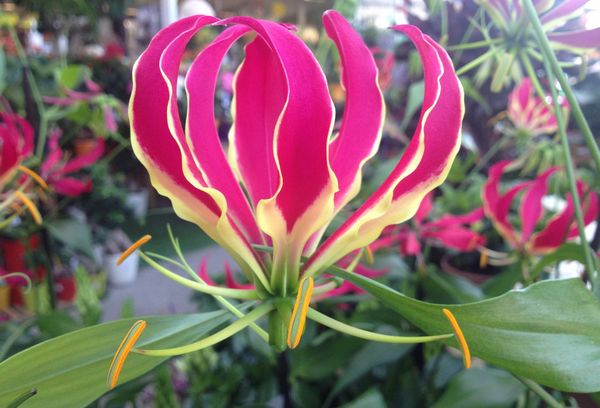

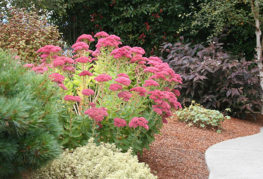
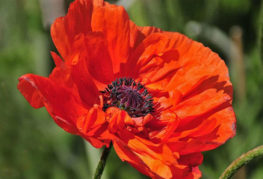
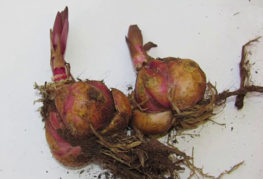
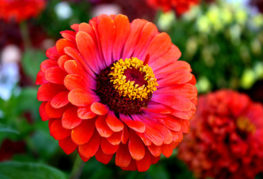
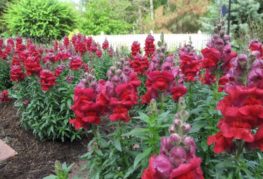
and will be published shortly.